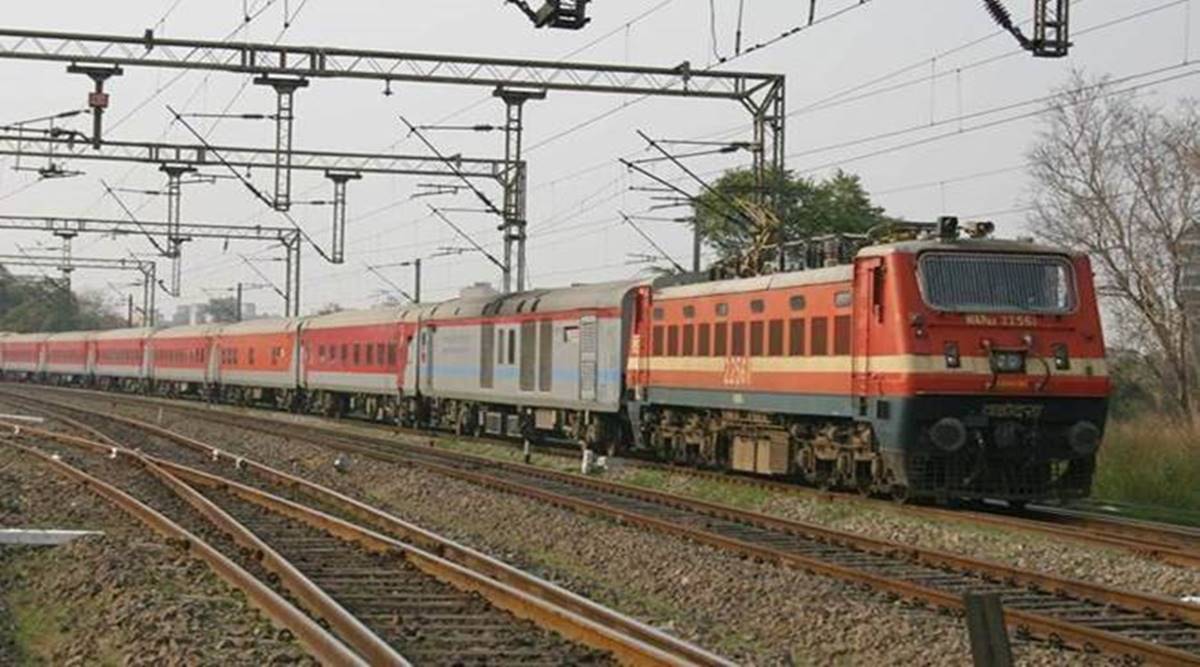Indian Railways has decided to upgrade its process of accident enquiry. The national transporter plans to introduce industry-standard cause and effect analysis techniques such as Ishikawa (Fishbone) diagrams along with other such tools developed by Japan. On Wednesday, the Railway Board issued an order, which said the Fishbone technique, as well as other tools like the five-why analysis, would result in a better determination of the root cause and, thereby, reducing recurrence chances. Japan has developed both these techniques and these are widely used in various sectors to systematically look at effects and the causes as well as find a solution to a problem, according to a PTI report.
The order issued by the board said for identification of the root cause, the accident enquiry committees should, invariably, conduct Fishbone analysis in all consequential rail accident cases as a part of the Accident Enquiry process as well as suggest corrective measures based on the same. Further, the order stated that in Signal Passing at Danger (SPADS) case, five-Whys (Why-Why) root cause analysis may be conducted in order to improve the investigation’s incisiveness.
The railway accident enquiry report approving authority may be directed to make sure that the techniques of root-cause analysis as mentioned above are utilized in respective cases without fail, it further said. Moreover, it mentioned that the introduction of these techniques may require the training of officers and personnel involved which the railway zones have to organise at their end.
The Director-General of the National Academy of Indian Railways (NAIR) is organising short courses, the Railway Board said. These guidelines on upgrading the procedure of accident enquiry will become effective from February 1, the order added. Enquiries into Indian Railways accidents are carried out by the Commissioner of Railway Security which comes under the Aviation Ministry to make it impartial.


























